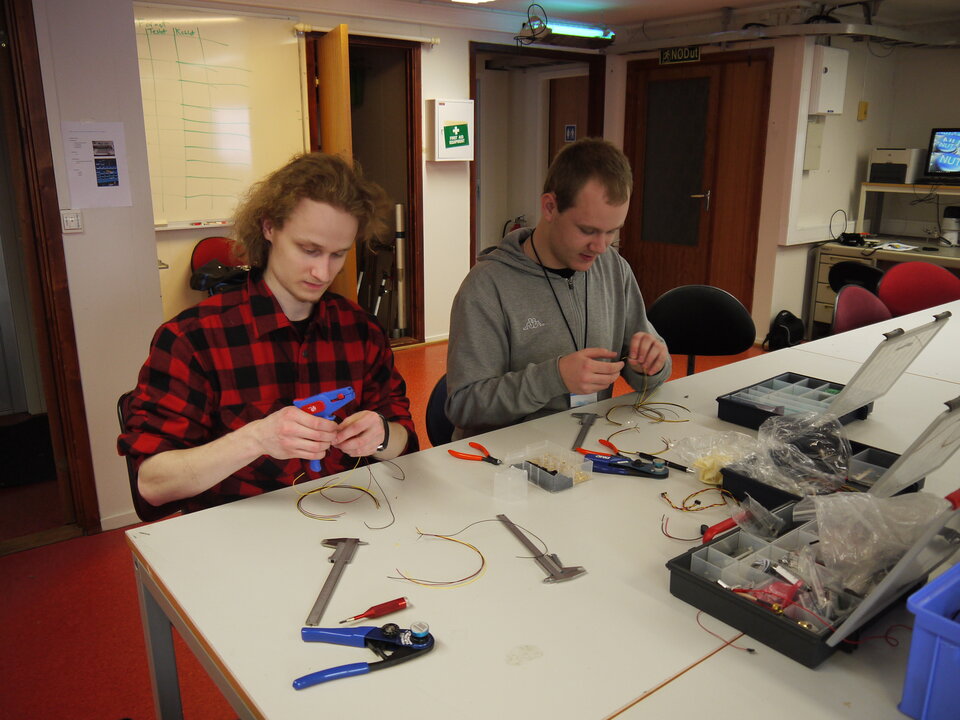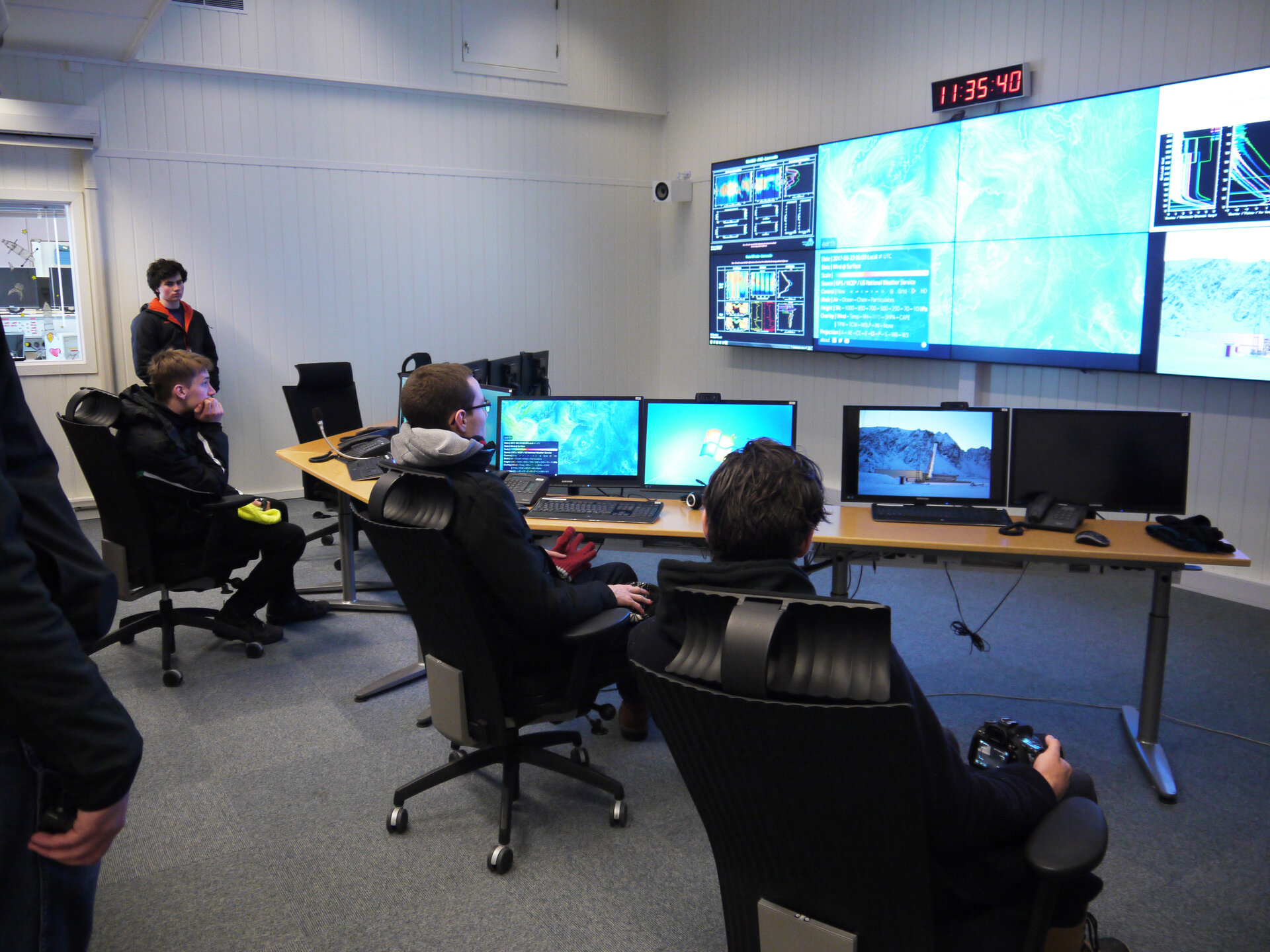Programme objectives
Through their participation in the programme students will gain experience in how to:
- Reproduce a scientific project: scientific objective, building and testing instrumentation, retrieve telemetry data, analysis, and conclusions.
- Work on a real rocket project as a team and interact with industry experts and other students from several different nations.
- Build experiments using different kind of digital and analogue sensors.
- Be a part of a student rocket operation at Andøya Space.
- Set up a model in rocket simulation software and compare simulation data with flight data.
- Set up a model in rocket simulation software and perform.

Students taking part in the ‘Fly a Rocket!’ programme will also learn about:
- How a rocket engine works using solid, liquid or hybrid propulsion technology.
- Basic rocket theory – they will learn how to derive the rocket equation.
- Rocket aerodynamics and stability – The physics behind a sounding rocket and the forces acting on a rocket.
- The use of rockets, balloons and ground-based instruments as a technology platform to study processes in the atmosphere.
- Sensors and basic electronics – A/D conversion, Encoder/Decoder, Telemetry, radio-communication.
- The principle of the sensors on-board the rocket and how to analyse and interpret the data from the sensors.


